How Do You Create a Professional Freelance Writer Portfolio as a Beginner?
Once you’ve decided to dip your toe into the freelance writing waters, you may be overwhelmed by all the advice that veteran freelancers offer.
They may tell you to start a huge writer website, start a Facebook group, blog every day, participate in multiple online forums, and much more.
While there’s nothing wrong with doing those things, one of the next things you need after you create your website is a beautiful writing portfolio to showcase your work. (If you still need to build your first website,
Bluehost is awesome, and you can get hosting for less than $2.95 a month! It’s great for beginners. You can also check out SiteGround and Name Hero is very popular right now too. You should do this first because most potential clients look at your portfolio page first to determine if they’ll hire you.
When you start a freelance writing business, your portfolio is a vital part of your marketing strategy and shows off your skills and writing style. Essentially, it’s your audition and you want this client to think you’re the best freelancer for their project.
But how do you build your portfolio when you’re a newbie with no completed writing projects to show paying clients?
Before we get into the different ways to create a sensational writing portfolio, here are a few aspects to consider when creating your portfolio.
- Creating portfolio samples
- Where to display portfolio examples
Related: Grammarly Premium Review: How to Make Even the Worst Blog Post Sound Amazing
Related: How to Market Yourself as a Freelance Writer the Easy Way

Portfolio vs. Website
Now I want to make something clear here. When I mention creating a portfolio, I am talking about adding it to your business website. I’m following in the footsteps of Jorden Makelle, the founder of Creative Revolt.
She’s an amazing woman, and after getting fired from her shitty office job (as she describes it sometimes), she jumped into the freelance writing scene and dominated it.
I like the way she describes the portfolio you need as a freelance writer. You need a professional website to market your business properly. You can’t expect to attract a lot of clients that pay well without a website.
I’m talking about adding the portfolio as a page on your website and not an online portfolio website that probably comes to mind first.
A portfolio is more associated with writers trying to get jobs where they work as full-time employees versus a freelance writer. As a freelance writer, you’re starting your own business, and that’s how you need to present yourself.
So, when I say portfolio, I’m not referring to the online portfolio sites. The best portfolio is a link on your main menu that leads to a webpage with your samples. While we’re talking about your website, here are the pages you should include on your business site:
- Home page
- Hire me/work with me
- About
- Rates and Services
- Portfolio
That’s where your writing portfolio goes. When you build your website on any platform, you’ll be asked what kind of website you want to create, and you should select business, not portfolio. There’s a big difference.
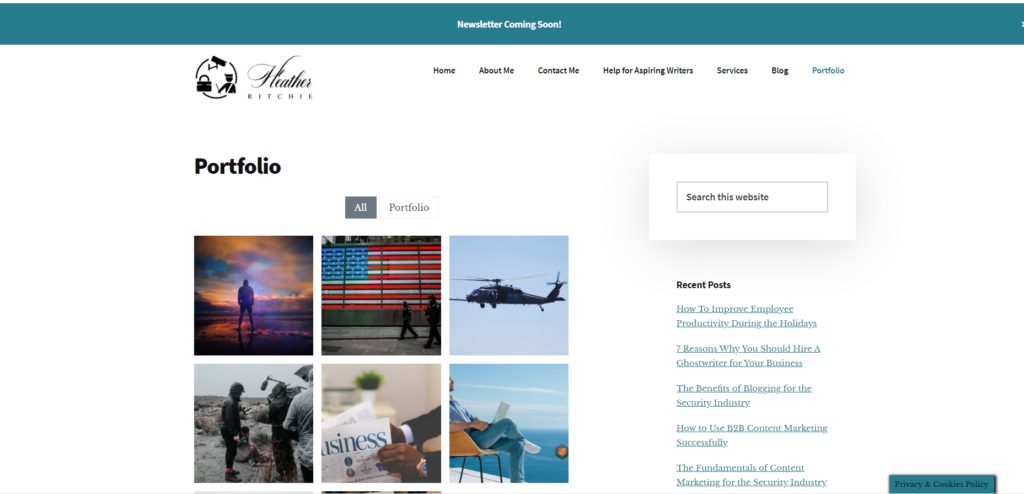
What Should You Include in Your Portfolio?
Many people think you need to include everything you’ve ever written in your portfolio. I assure you clients aren’t going to read all of that. Really, you should only keep your best most recent writing projects in your portfolio. Fewer focused pieces in your chosen niche create attractive portfolios for potential clients to browse.
You should also create a spreadsheet or document with all your published works to refer to. Make sure you include titles, links, dates published, and other pertinent information. It helps you pick and rotate portfolio pieces easily.
A spreadsheet also gives you one central place to track your work and show where you may have gaps in your strategy and other resources you should write.
Offer Your Services Pro Bono
One way to gain pieces for your portfolio is to do a free writing project for a non-profit or business in your chosen niche. In return, they give a testimonial and/or permission to add that piece to your portfolio.
You could reach out to the company by email and mention how you can help. Explain that you’d like to offer your writing pro bono in exchange for a testimonial and a clip in your portfolio.
It’s important that you’re specific when offering free help. If you’re a freelance blogger, don’t volunteer to handle every aspect of their blog for a year for free. Instead, offer a smaller deal. Maybe you could write one short blog post a week for a month.
By setting a specific time frame and benefit, you give the project a definitive end date and make it obvious that you’ve fulfilled your duties. You never know, they may become an ongoing client once they see how well you write.

Publish Blog Posts on Your Own Website
For freelance writing for beginners, this is one of the best strategies to provide writing samples for prospects. It builds your credibility and the trust of your readers and possible clients. Publish articles on your own site also positions you as an expert in your niche.
It also helps you decide if you like the niche you pick. You may end up re-evaluating that decision, which can be a good thing.
It’s important to remember that you want to enjoy freelance writing and not feel dread every time you sit down at your computer to finish a writing project. Otherwise, it feels the same as the 9-5 job that you’re trying to escape.
You can also publish articles on LinkedIn. They show up right below your LinkedIn profile and it’s the perfect place to show potential clients your work. Most of my clients come from social media, specifically, LinkedIn so publishing articles there makes it easy for possible clients to see my writing work.
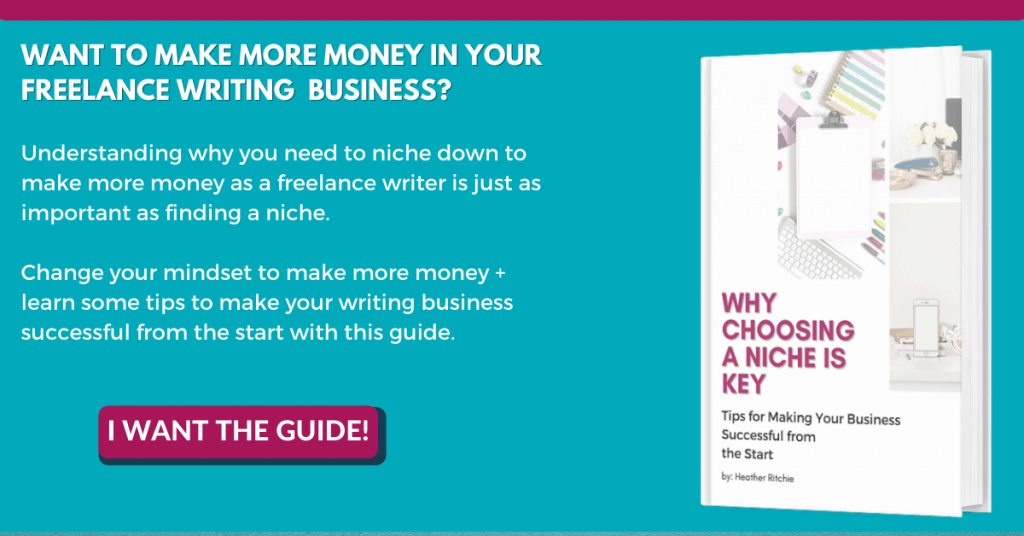
Create Writing Samples
Another great way to build your freelance writing portfolio is to create samples. If you want to specialize in specific projects such as white papers or case studies, create a fictional example to show you know how to write them. Just don’t claim it as a legitimate project that the business hired you to write.
Clients just want to know if you can write and if your style is something they’re looking for.
If you want to be a copywriter for small, women-owned businesses, then create a few short articles that would appeal to these clients. If you’d like to be a freelance travel blogger, then start a travel blog or write guest posts for popular travel and adventure blogs.
Making samples to use for your portfolio can be helpful if you have a clear idea of whom you want to work with. You don’t have to tell potential clients that your portfolio projects are just samples. Most clients won’t care about that detail, they just want to see that you can write.
They just want to know you have the skills to help them. Just don’t pass a sample off as a published piece or something a specific company paid for.

Partner with Other Freelancers
When working on your portfolio, reach out to another freelancer where your skills could create a great combination. If you offer copywriting skills, then reach out to a freelancer who sells web design services.
It might be that some of their customers are looking for copywriting referrals. You can give a discount to clients you meet through the web designer if you want to.
When you have clients that are looking for web design services, you can direct them to the freelancer that you’ve partnered with. It’s a win-win situation for everyone.
You can find other freelancers in Facebook groups. I’ve also seen people in Facebook groups ask for writers or sometimes pass on other entrepreneurs who need a good writer.
If you’re active in these groups, other freelancers may tag you when opportunities come up. Opportunities may also present for a free or reduced-priced class to upgrade your skills.
Networking really helps you find partners and clients if done right. These groups also give you a place to ask questions from more experienced writers and ways to increase your skills.
I understand that creating your portfolio can feel intimidating. Trust me; I was there. I was scared to make samples and then when I did work for people, I was afraid to ask for testimonials.
Just keep in mind that every successful freelancer was once a beginner without a portfolio, too. They didn’t give up and neither should you.

Guest Posting
I learned this is the best way to create samples for your portfolio, but unfortunately, I didn’t discover it until much later in the game. Elna Cain gave me this idea, and it’s brilliant because guest posting gets you a bio so clients can see you’re published on other websites.
If your writing is good enough to be on other websites, then it’s good enough to be on theirs! Eventually, you can get paid to write for online magazines and other publications, and that further establishes your expertise.
Guest posting also gives you backlinks to your blog and website, so you increase your domain authority, and it helps Google rank you higher. It’s a critical SEO strategy, but that’s another whole post for another day.
So, I suggest you start this as soon as possible. It’s every bit as important as looking for clients because it sets you up as an authority in your niche as well.
Try typing in your niche + guest post, and you’ll find plenty of guest posting opportunities. I also found this list of guest posting sites, which is an excellent resource to help you find more guest posting opportunities.

Final Thoughts on Creating a Freelance Writer’s Portfolio
As you can see it’s totally possible to create a professional freelance writer portfolio that showcases your expertise and writing skills even as a beginner.
Guest posting shows that someone else thinks your writing is good enough to showcase, plus it builds backlinks that are still helpful even if they are nofollow right now. (If you don’t know what nofollow means, check out this article on free SEO tools you can use to boost your search engine rankings. There are resources that teach you all about SEO.)
There’s nothing wrong with creating your own samples. One of the most important things potential freelance writing clients want to know is if you can write.
Starting your own blog is very important for marketing your business and networking with other freelance writers opens up opportunities you never knew existed.
As you get more writing projects under your belt, you can add them to your portfolio and before you know it, your portfolio will be full of amazing samples you can show possible clients.
As a Certified Content Marketing Strategist, I know how important content is for businesses. So, create that portfolio! Your future clients are waiting for you.
Related Articles to Freelance Writers Portfolio
25 of the Best Ways to Get Paid to Write Online
The Best Laptops for Writers This Year (2021)
How to Easily Define Your Ideal Client Avatar to Make More Money Than Ever Before
Mastering Your Mindset: 9 Effective Ways to Master Your Mindset as a Freelance Writer
How to Make Money as a Freelance Writer
Creating a freelance writer portfolio doesn’t have to be difficult and now you have options that make you stand out from the rest of the crowd.





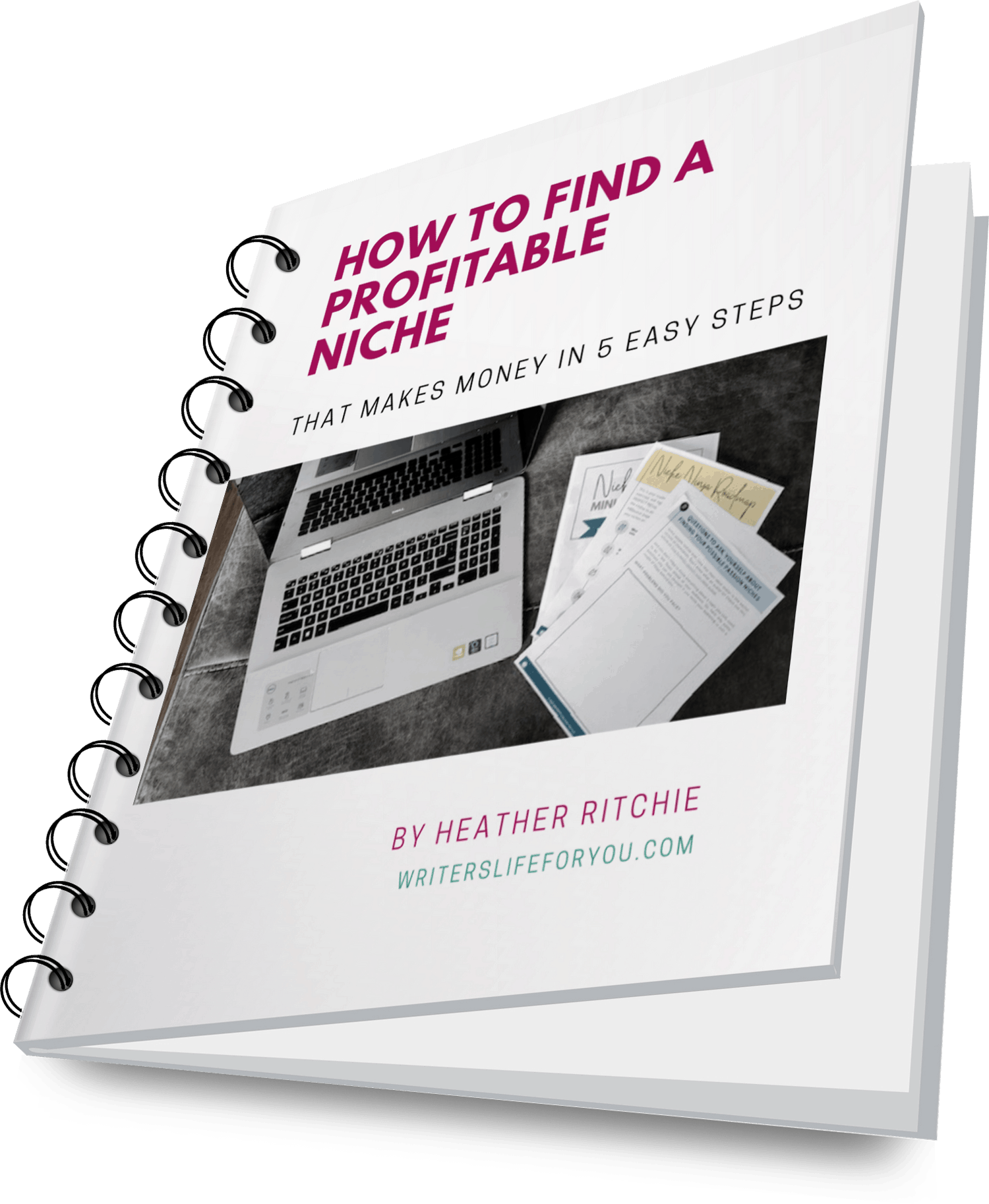

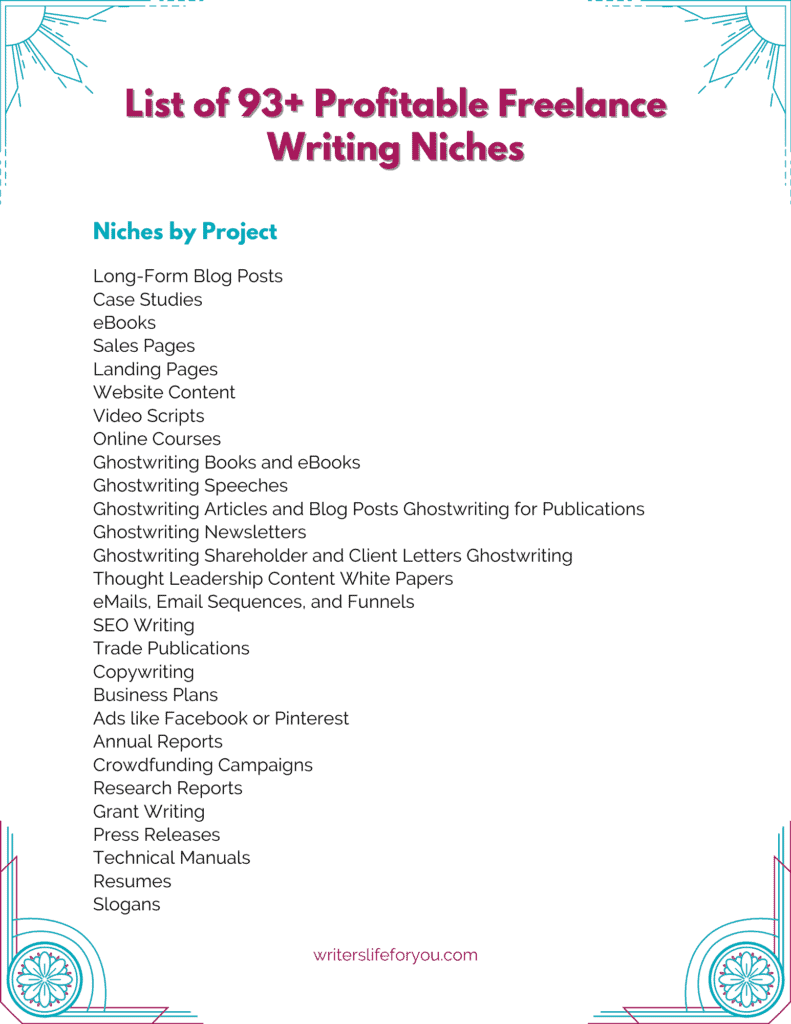

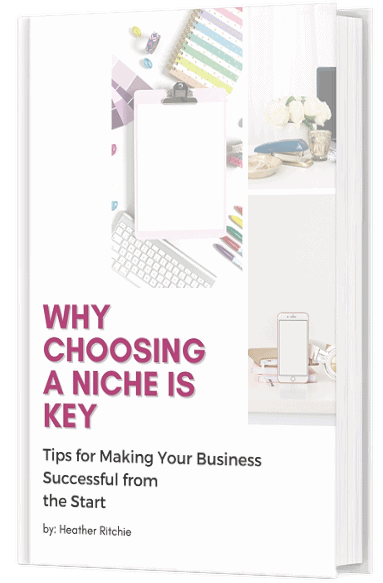
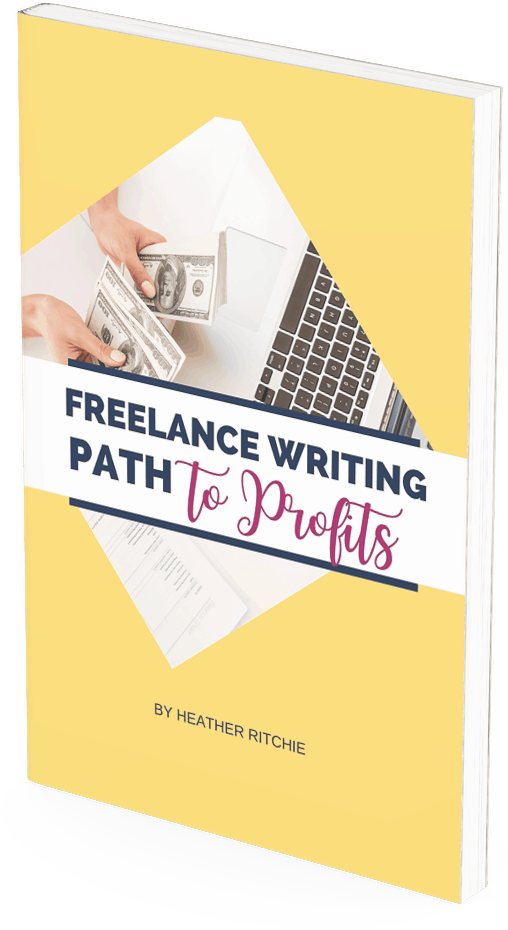
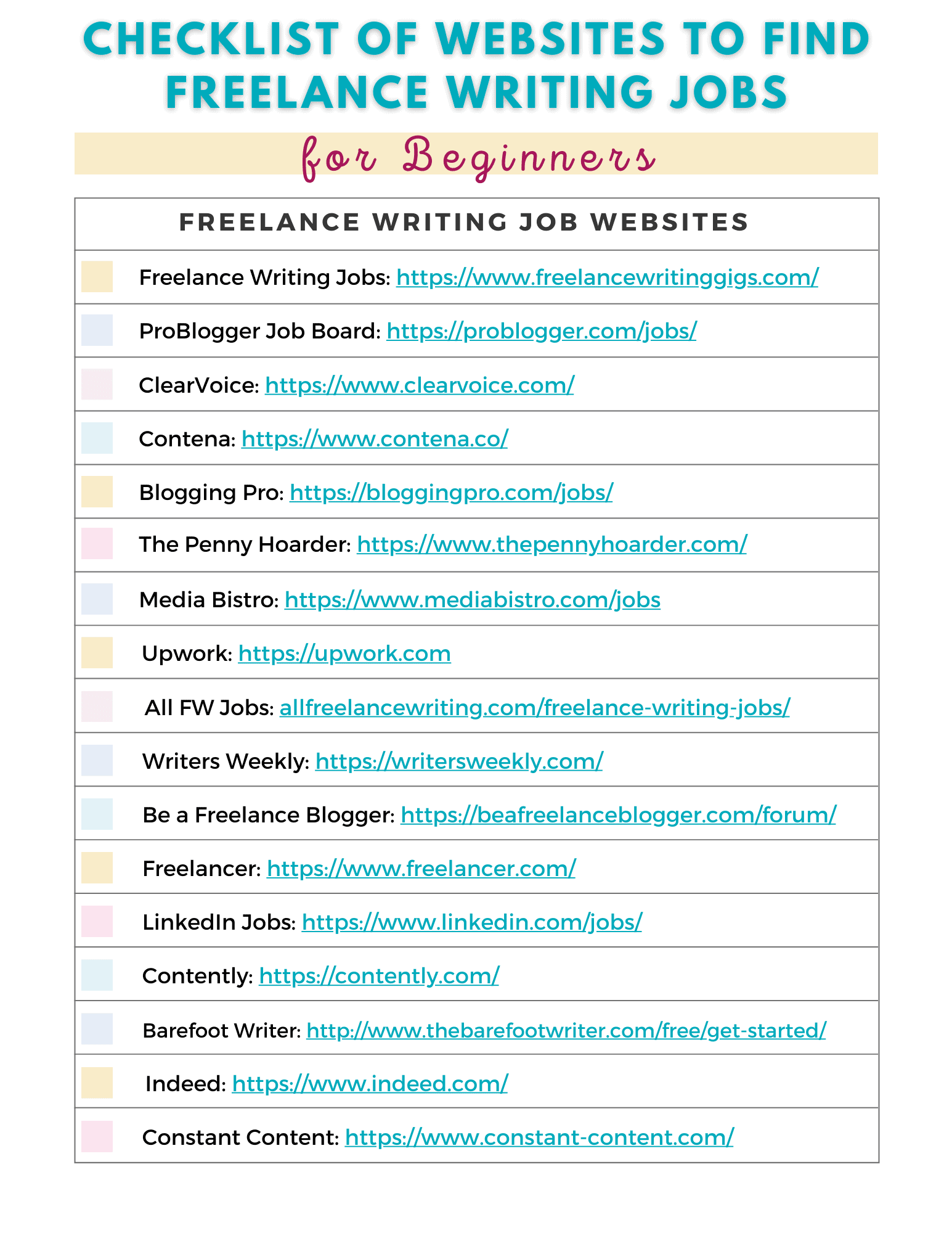
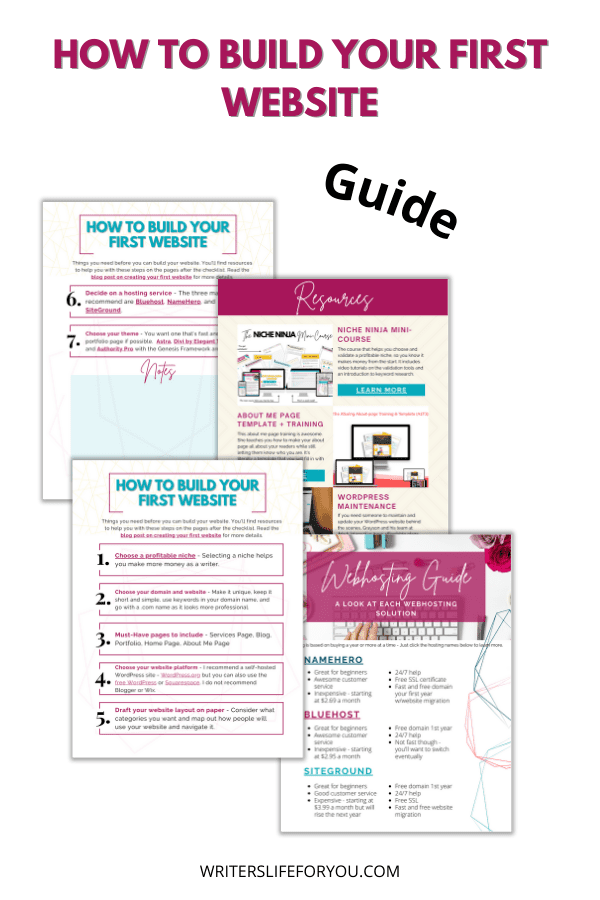

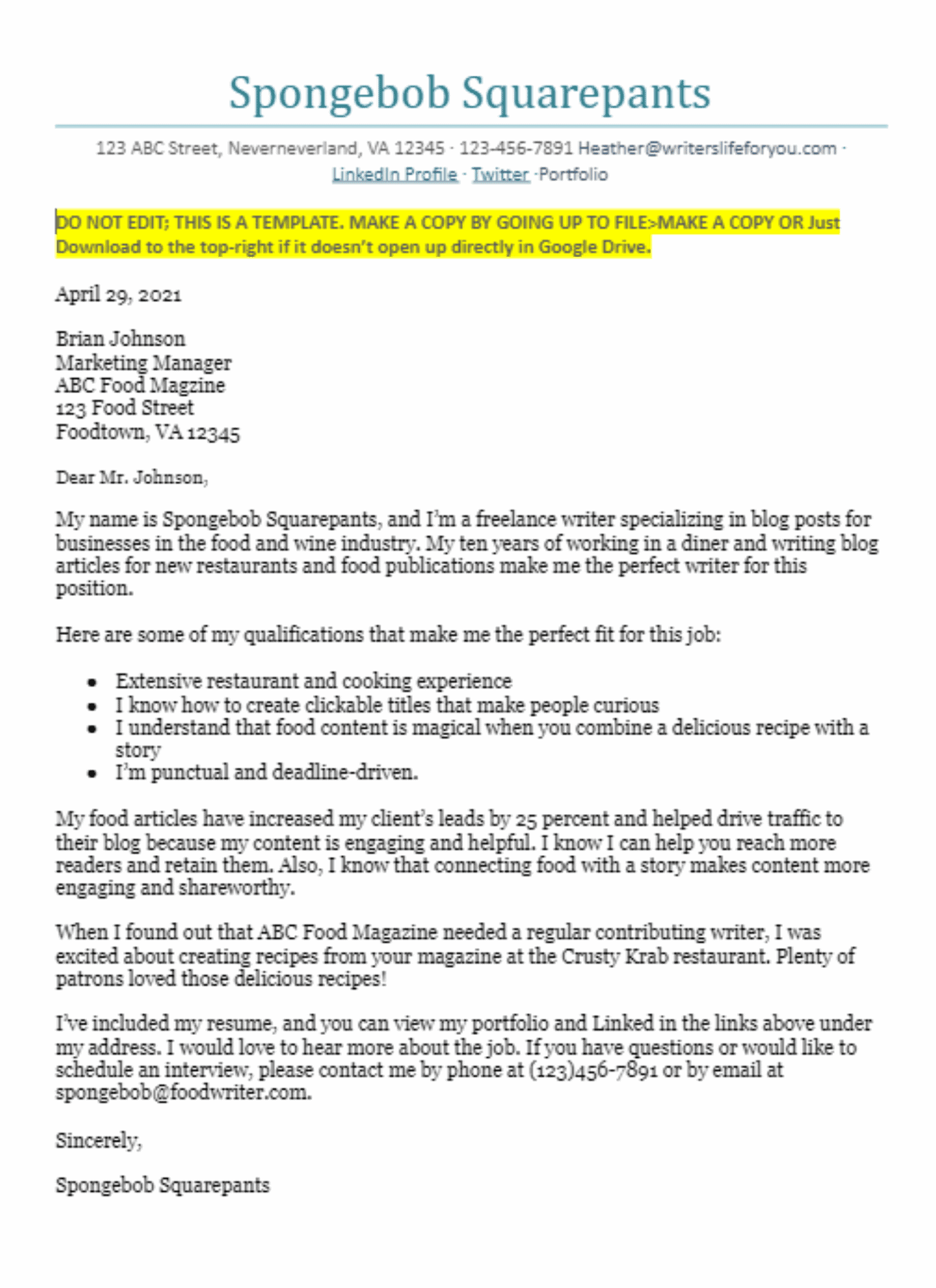

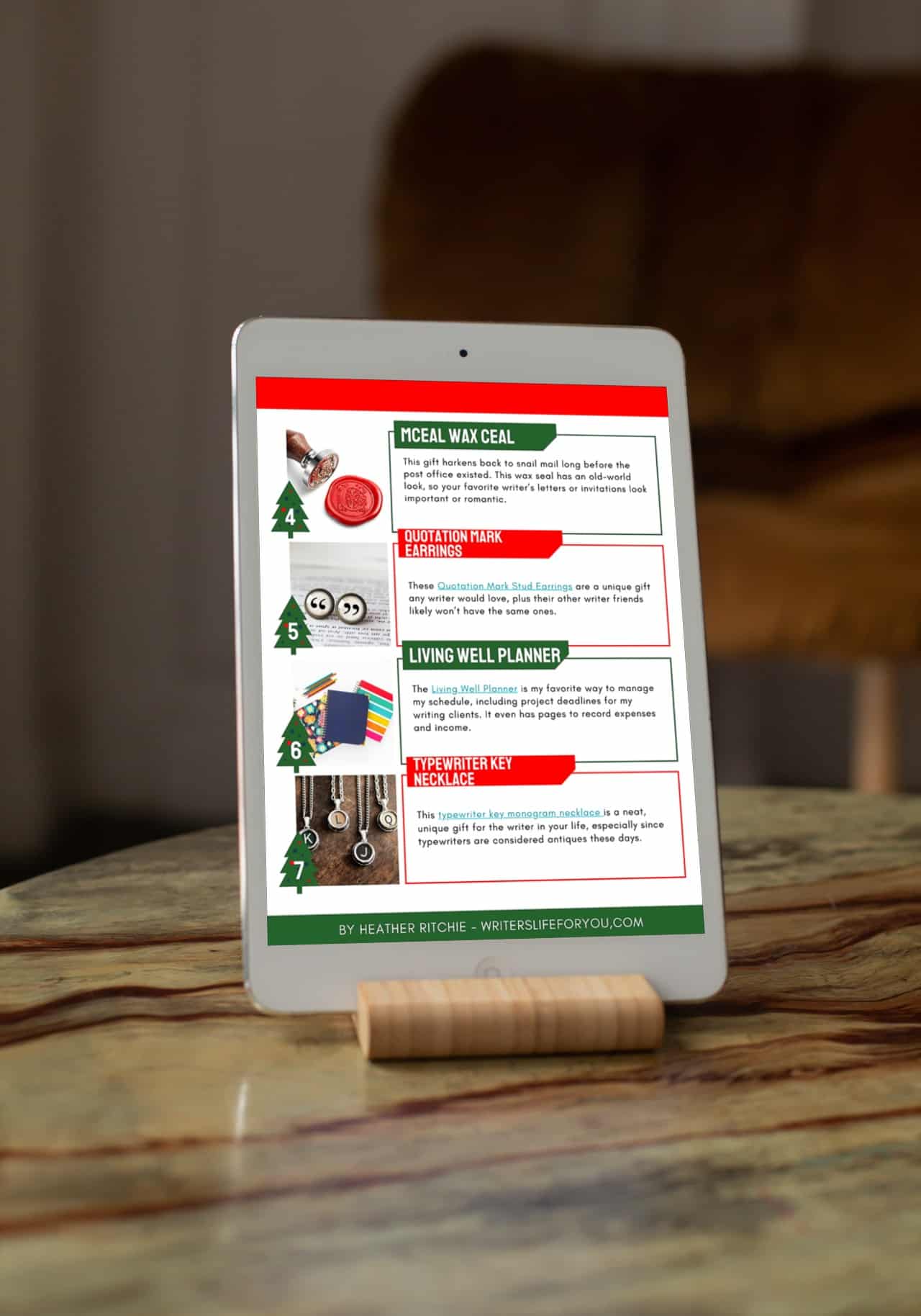

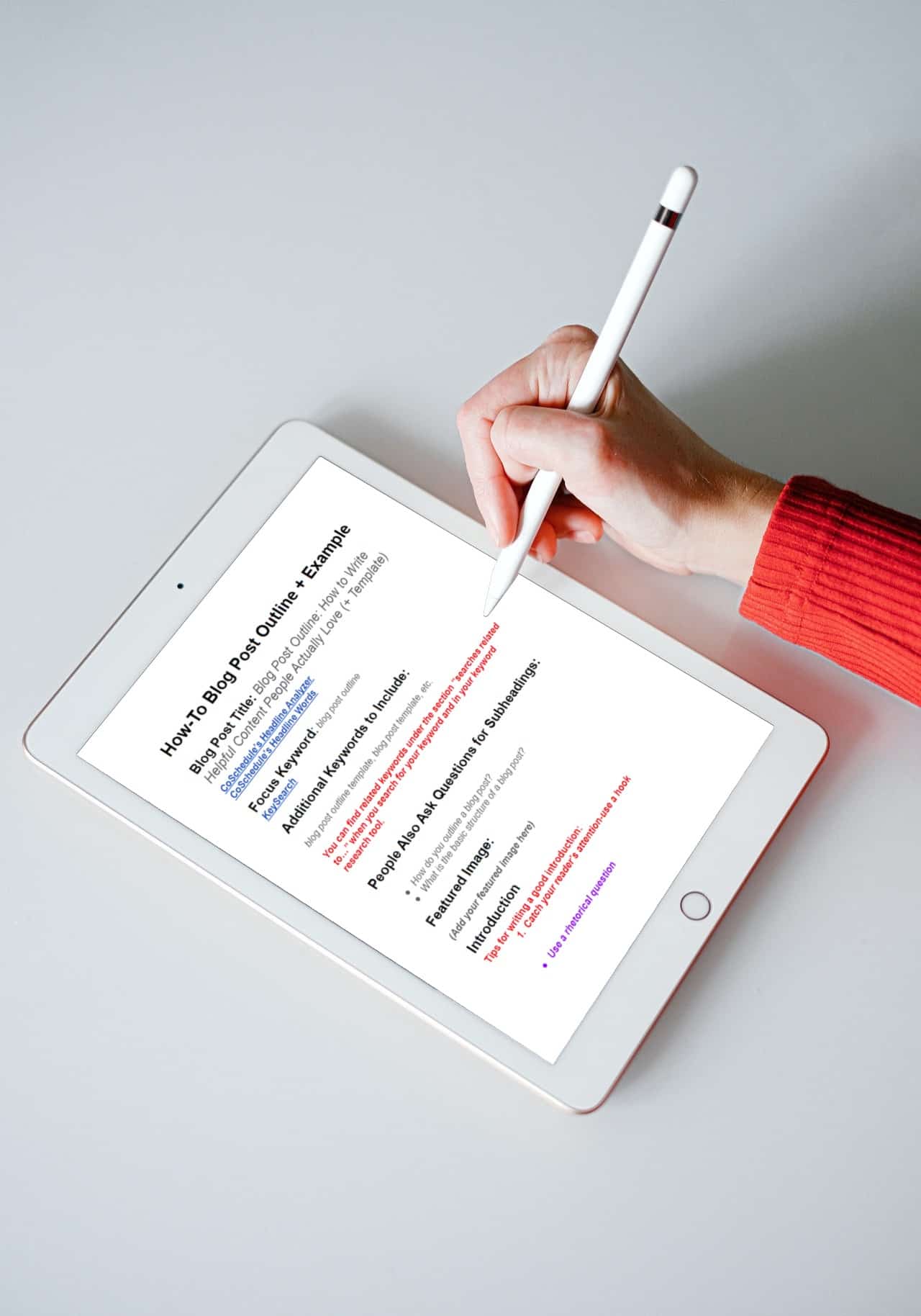




Great post, Heather! I’m not a freelance writer, myself, but I think this will be something every aspiring freelance writer needs to see. Pinned 🙂
Thanks Corinne! I just love your stuff!
Really interesting article. I didn’t realise a business website would be so different than a portfolio website but it makes sense
Yes! I agree. Today people really need more than just a portfolio but you can get clients with just a portfolio.
Pingback: 8 Ways to Deal with Rejection as a Writer-Writer's Life for You
Awesome post! I had done a couple of Jorden’s classes and they were super helpful
Thanks! Yeah, I love her courses. She is definitely been a writer I’ve looked up to on along my freelance writing journey.
Having a legit and professional website makes a huge difference. I’ve also found that separating your portfolio into difference categories helps to keep everything organized and easy to navigate for prospective clients!
These are all super helpful tips. Thanks for sharing! ??
That’s a great idea to separate out your portfolio into different categories. Glad you the tips are helpful.
Thank you for these handy tips, I want to do more freelance work and having a portfolio seems like a very sensible way forward for me so this has been very helpful.
Yes, having a portfolio is a huge part of freelancing depending on what top of job you’re doing!